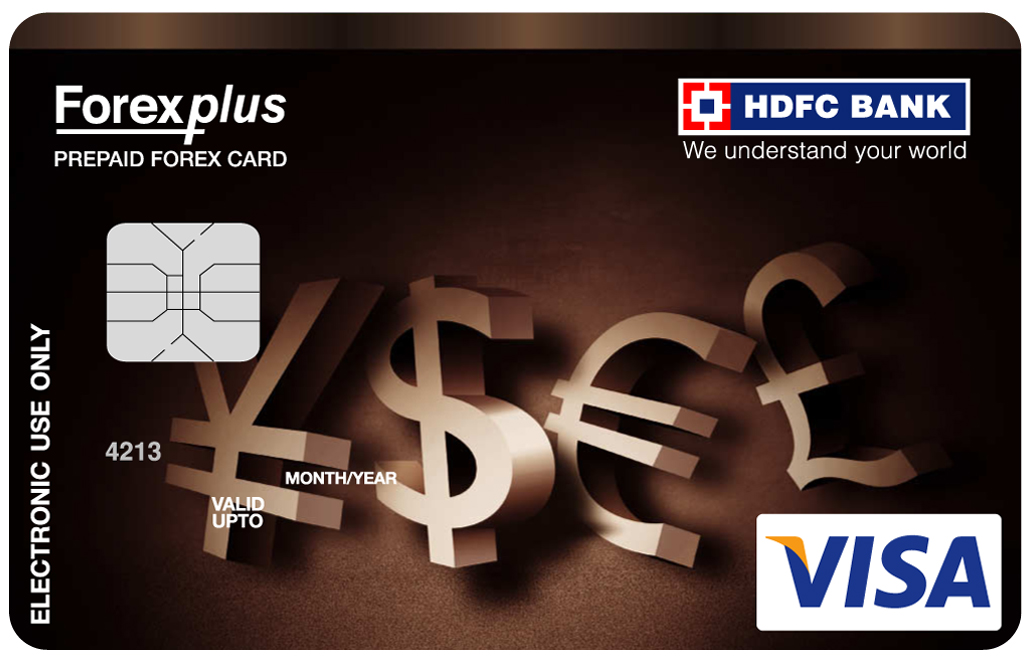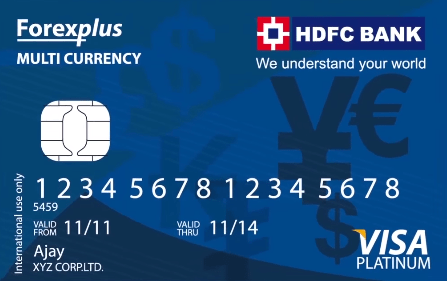Introduction
Traveling abroad can be an exciting and fulfilling experience, but it’s essential to be aware of the financial implications, including currency conversion charges. When using a debit card from HDFC Bank, one of India’s leading financial institutions, it’s crucial to understand the forex charges associated with it to optimize your spending and avoid any unexpected fees. This comprehensive guide will provide detailed insights into HDFC debit card forex charges, empowering you to make informed decisions and plan your international travels seamlessly.

Image: www.mouthshut.com
Forex Charges Explained
Forex charges, also known as currency conversion fees, are levied by banks when you use your debit card to make a purchase in a foreign currency. These charges represent the spread or margin applied by the bank between the wholesale exchange rate and the rate offered to customers. When you swipe your HDFC debit card abroad, the transaction amount is converted into Indian Rupees (INR) based on the applicable exchange rate, and this conversion process involves the forex charges.
HDFC Debit Card Forex Charges
HDFC Bank offers various debit cards with varying forex charges. It’s essential to check the specific charges applicable to your card before using it overseas. Here’s a breakdown of typical forex charges for HDFC debit cards:
- Visa Signature Debit Card: 3.50% markup on interbank exchange rates
- Visa Platinum Debit Card: 2.50% markup on interbank exchange rates
- MasterCard World Debit Card: 3.50% markup on interbank exchange rates
- Maestro Debit Card: 3.50% markup on interbank exchange rates
These forex charges are applicable to all international transactions, including purchases, withdrawals, and balance inquiries made at ATMs overseas. It’s important to note that these charges are in addition to any fees levied by the merchant or ATM operator.
Minimizing Forex Charges
While forex charges are inevitable when using debit cards abroad, there are certain strategies you can adopt to minimize them:
- Choose the right debit card: As mentioned earlier, different HDFC debit cards have varying forex charges. Opt for a card with a lower forex markup to save money on conversions.
- Use ATMs sparingly: ATM withdrawals tend to incur higher forex charges compared to direct purchases. If possible, withdraw larger amounts at once to reduce the number of transactions and associated fees.
- Avoid dynamic currency conversion: When asked by a merchant or ATM operator if you want to be charged in INR or the foreign currency, always choose the foreign currency. Dynamic currency conversion often involves higher exchange rates and additional fees.
- Consider travel-specific services: Explore prepaid forex cards or multi-currency accounts offered by HDFC Bank or other financial institutions designed to optimize foreign exchange transactions.

Image: howtotradeonforex.github.io
Hdfc Debit Card Forex Charges
Conclusion
Understanding HDFC debit card forex charges is crucial for planning your international travels budget-consciously. By choosing the right card, minimizing ATM withdrawals, and being aware of additional fees, you can minimize the impact of forex charges on your overall expenses. Remember to conduct thorough research and consult with your bank before embarking on your journey for the most up-to-date information and guidance. By following these tips, you can ensure that your international financial transactions are smooth, cost-effective, and enjoyable.






